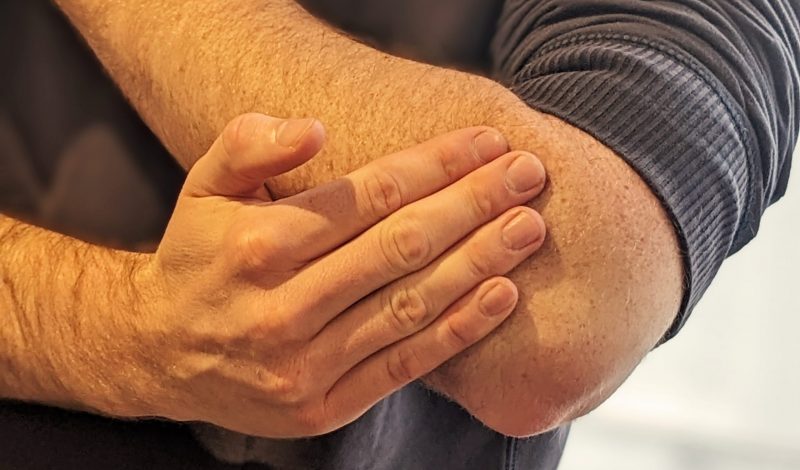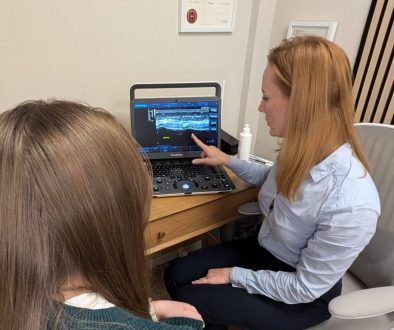Tennis Elbow: Symptoms, Causes, and Treatment Options
Tennis elbow, also known as lateral epicondylitis, is a common condition that can affect anyone, not just tennis players. At Skelian Clinic in Cheltenham, we are dedicated to providing you with the information you need to understand and manage this condition. In this blog post, we’ll explore the symptoms, the anatomy involved, the causes of tennis elbow, and the best treatment options based on the chronicity of the problem.
Anatomy of Tennis Elbow
To grasp the concept of tennis elbow, it’s essential to understand the anatomy involved. Tennis elbow affects the tendons that connect the forearm muscles to the lateral epicondyle of the humerus, the bony bump on the outer part of your elbow. These tendons play a crucial role in wrist extension, which is why their inflammation can cause significant discomfort.
Tennis Elbow Symptoms
Tennis elbow typically presents with the following symptoms:
- Pain: The most common and noticeable symptom is pain on the outer part of the elbow, which may radiate down the forearm. This pain can range from mild to severe, making it difficult to grip or lift objects.
- Weakness: As the condition progresses, you may experience weakness in your grip and difficulty performing simple tasks, such as opening a door or turning a doorknob.
- Tenderness: The affected area may become tender to the touch, especially over the lateral epicondyle.
- Stiffness: You may notice stiffness in your forearm and a limited range of motion in the wrist.
Causes of Tennis Elbow
Despite its name, tennis elbow is not exclusive to tennis players. It can result from a variety of activities that involve repetitive wrist and arm movements. Common causes include:
- Overuse: Engaging in repetitive activities, such as playing tennis, gardening, or using tools that involve gripping and twisting, can strain the tendons and lead to tennis elbow.
- Improper Technique: Incorrect technique in sports or manual work can increase the risk of developing this condition.
- Age: As we age, our tendons may become less flexible and more susceptible to injury, making older individuals more prone to tennis elbow.
- Inadequate Warm-Up: Failing to warm up properly before engaging in physical activities can increase the risk of injury.
Tennis Elbow Treatment
The treatment for tennis elbow depends on the chronicity of the problem. At Skelian Clinic in Cheltenham, we offer a range of options to address your specific needs.
- Rest and Self-Care: For early-stage tennis elbow, rest and self-care measures may be sufficient. This includes avoiding activities that exacerbate the pain, applying ice to reduce inflammation, and using over-the-counter pain relievers as recommended.
- Hands on Therapy: Chiropractic and Physiotherapy can help improve strength and flexibility in the affected arm. Your therapist can also teach you techniques to prevent further injury.
- Bracing: Wearing a brace or splint can reduce the strain on the affected tendons and provide support during daily activities.
- Corticosteroid Injections: In some cases, a corticosteroid injection may be recommended to reduce inflammation and pain.
- Shockwave Therapy: Shockwave therapy is a non-invasive treatment that can stimulate healing in the affected area by promoting blood flow.
Surgery: If conservative treatments fail to provide relief, your doctor may recommend surgical intervention to remove damaged tissue and repair the tendon.
Preventing Tennis Elbow
Prevention is always better than a cure. To reduce your risk of developing tennis elbow, consider the following:
– Use proper technique in sports and manual work.
– Warm up before engaging in physical activities.
– Strengthen the forearm muscles through exercises.
– Avoid overuse of the affected arm.
In conclusion, tennis elbow is a painful condition that can affect anyone. If you’re experiencing symptoms, consult with a healthcare professional at Skelian Clinic in Cheltenham to determine the best treatment plan for your specific situation. With the right approach, you can manage and overcome tennis elbow, allowing you to regain your strength and mobility.



